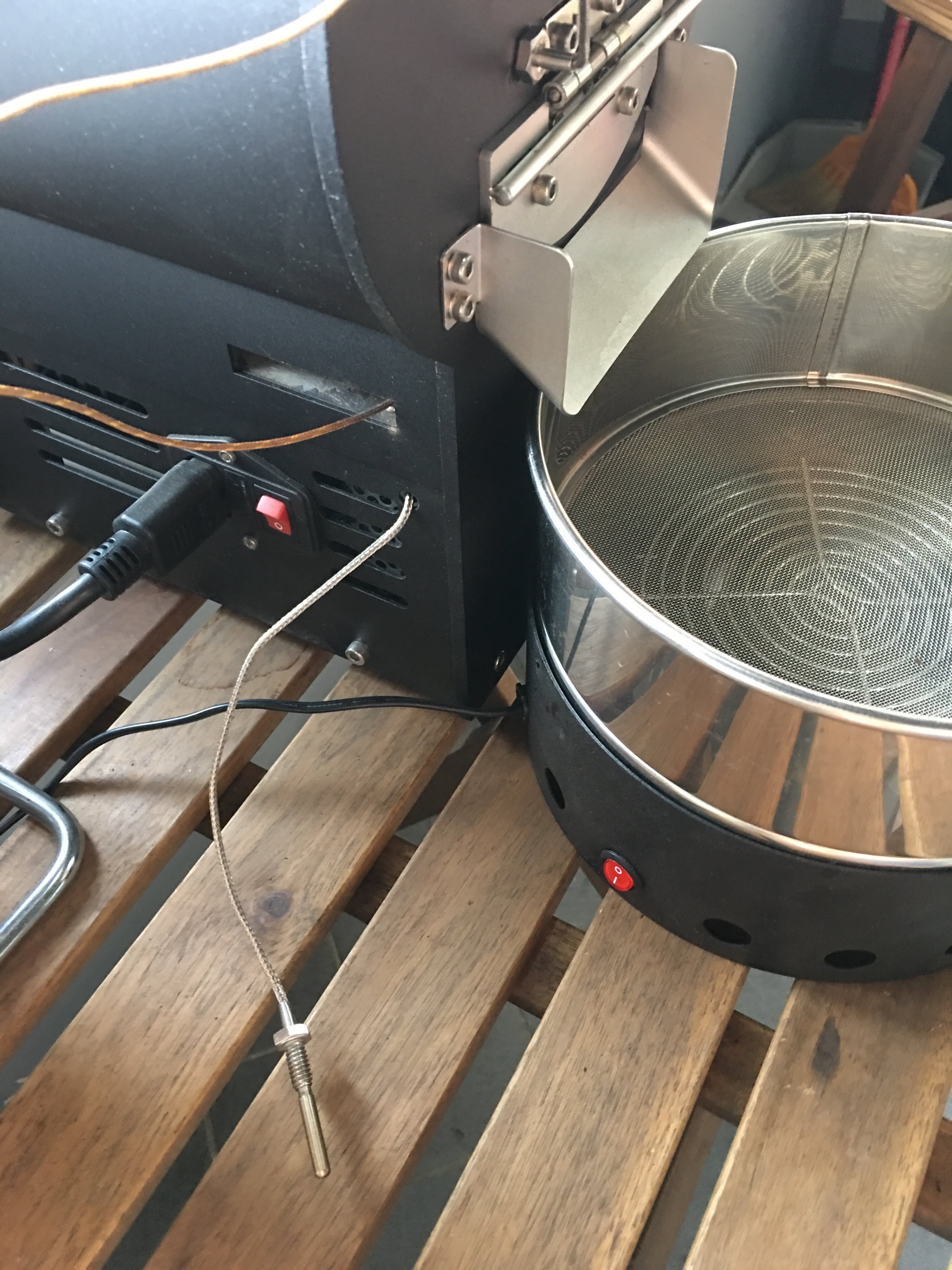rsync is the anwser. And here's some note. We will use rsync, ssh key authentication, and a cron job.
Let’s call the 2 servers "SOURCESERVER" and "DESTSERVER" for:
SOURCESERVER = Source server (the server we’re connecting from to upload the data)
DESTSERVER = Destination server (the server we’re connecting to receive the data)
Part 1 - Setting up SSH key authentication
First, we need to make sure the DESTSERVER has the ability to use key authentication enabled. Find your sshd configuration file (usually /etc/ssh/sshd_config) and enable the following options if they are not already set.
RSAAuthentication yes
PubkeyAuthentication yes
AuthorizedKeysFile .ssh/authorized_keysIf you edit the file be sure to restart sshd afterwards.
#service sshd restartNext, on the SOURCESERVER we will create the public & private key pair to be used for authentication with the following command:
ssh-keygen -t dsa
*Note 1: Do not enter a passphrase for this, just hit enter when prompted.
*Note 2: if SOURCESERVER doesn't have key yet, do the keygen as well.
This should create 2 files in ~/.ssh folder, a public key file (id_dsa) and a private key file (id_dsa.pub).
The private key file (~/.ssh/id_dsa) we will keep on the SOURCESERVER.
*Be sure to keep this private key safe. With it anyone will be able to connect to the DESTSERVER that contains the public key.
chmod 700 ~/.ssh
chmod -R 600 ~/.ssh/*Now we will add the public key we created on to the DESTSERVER.
Choose the user account which you will use to connect to on DESTSERVER, we'll call this user ‘destuser’ for now.
The public key file (~/.ssh/id_dsa.pub) we will upload to the DESTSERVER, and call it SOURCESERVER.pub.
scp ~/.ssh/id_dsa.pub DESTUSER@DESTSERVER:~/.ssh/SOURCESERVER.pubOn the DESTSERVER, in the DESTUSER's home directory, in the .ssh folder, create a new text file called "authorized_keys".
touch ~/.ssh/authorized_keysIf it already exists, great, we will use the existing authorized_keys file to add the SOURCESERVER's public key.
cat ~/.ssh/SOURCESERVER.pub >> ~/.ssh/authorized_keysBe sure the permissions for key files are 600 and 700 for the ‘.ssh’ folder.
Now to test that the keys are working. From the SOURCESERVER try logging in as normal using ssh to the DESTSERVER.
# ssh destuser@DESTSERVERIf all is working you should not be prompted for a password and able to connected directly to a shell on the DESTSERVER.
Part 2 - Creating the rsync script
Now for the rsync script. I use a simple script such as the following
#!/bin/bash
SOURCEPATH=’/source/directory’
DESTPATH=’/destination’
DESTHOST=’123.123.123.123′
DESTUSER=’destuser’
LOGFILE=’rsync.log’
echo $’\n\n’ >> $LOGFILE
rsync -av –rsh=ssh $SOURCEPATH $DESTUSER@$DESTHOST:$DESTPATH 2>&1 >> $LOGFILE
echo “Completed at: `/bin/date`” >> $LOGFILE
Copy this file into the home directory of the sourceuser on the SOURCESERVER and modify the first 4 variables in the file.
SOURCEPATH (Source path to be synced)
DESTPATH (Destination path to be synced)
DESTHOST (Destination IP address or host name)
DESTUSER (User on the destination server)
Save it as something like ‘rsync.sh’
Set the permissions on the file to 700.
# chmod 700 rsync.shNow you should be able to run the script, have it connect to the DESTSERVER, and transfer the files all without your interaction.
The script will send all output to the ‘rsync.log’ file specified in the script.
Part 3 - Setting up the cron job
Assuming everything has worked so far all that’s left is to setup a cron job to run the script automatically at a predefined interval.
As the same sourceuser use the ‘crontab’ command to create a new cron job.
# crontab -e
This will open an editor where you can schedule the job. Enter the following to have the script run once every hour:
# Run my rsync script once every hour
0 * * * * /path/to/rsync.sh
Your 2 servers should now be syncing the chosen directory once every hour.


